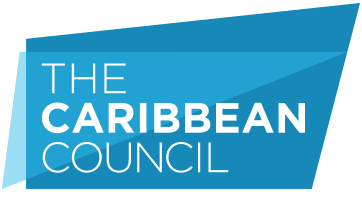Guyana’s President, Irfaan Ali, has said that he expects the country’s proposed ‘Gas-to shore project’ to be operational by the end of 2023. The project is intended to deliver affordable energy to Guyanese consumers, utilising natural gas presently being flared off from the country’s world class offshore oil finds.
The project is expected to have a positive impact on future operating costs in Guyana and enable the country to restructure its energy matrix to support the country’s burgeoning industrial sector.
Announcing the start of work by the recently appointed Gas-to-Shore Project Advisory Committee, Ali said that the group had begun to gather information before moving on to negotiations.
It was his hope, he told the country’s media, that by “end of 2023 we can have the gas-to-shore project up and running and we can have natural gas-powered energy so that our energy cost can come down”.
Speaking separately about the project, the country’s Vice President, Bharrat Jagdeo, recently told journalists that Government had been defining the parameters of its onshore energy needs and had held several meetings with ExxonMobil. Noting that Government was now clear that it required between 200 to 250MW of power and enough gas to achieve this to supply the entire country with liquefied petroleum gas, he said that it was hoped that the project will move to an implementation stage early in 2021 and to completion in three years. If achieved this would, he said, “bring in a huge baseload capacity at a lower price that would cause us to change the entire dynamic of electricity production and pricing”, possibly more than halving the present price of 17 to 20 cents per kilowatt/hour. Previous estimates have put the required volume of gas for the gas-to-shore project at 30 to 35m cubic feet, which Exxon say is available.
Jagdeo said that Government has still to decide whether it will buy the power or generate energy from bringing the gas ashore. “We have to see the cost of both to determine whether Government can fundthis or not”, he explained.
In his remarks, he indicated that if it were not possible to fund domestically Government would go outto tender to build the facility and but link this to a low price for the electricity produced.
In recent months, the country’s PPP/C Administration has introduced penalties aimed at halting the further flaring of gas by Exxon on any future finds on its Payara play on the Stabroek Block.
External energy experts believe that the project is important as it will break the country’s dependence on imported fuel oil, lower costs, stabilise the energy system, and enable government to explore other renewable energy solutions including hydro power.
In August, Jagdeo told Stabroek News that the flagship hydropower project at Amaila Falls in Region 8, which was championed by the PPP/C when last in office but set aside by the former APNU+AFC administration, is to be resuscitated. “We are going to go back to hydro and an energy mix – hydro, wind, solar; all of them. Amaila would be part of that too,” Jagdeo told the publication. The 165 MW project was estimated at the time to cost US$858.1m.
The new Chair of the gas-to-shore taskforce, Winston Brassington, is the former Chief Executive Officer of the National Industrial and Commercial Investments Limited (NICIL) who has previously been involved in several major infrastructure schemes including the Amaila Falls Hydro Project. Also involved is the National Procurement and Tender Administration Board Chairman, Tarachand Balgobin and a small number of external technical specialists.
The group is expected to re-examine previous studies, identify possible locations to bring the pipeline to shore, establish the financing model and financing needs, identify a location for a new power plant, and explore whether this can be constructed simultaneously to the pipeline. Previously Stabroek News quoted the Natural Resources Minister, Government as saying that there will be a requirement for an at least 2000-acre site with access and the possibility for future expansion and development.
Previous studies by the UK company Energy Narrative quoted by the paper indicate that the pipeline with associated costs would be in the region of US$304m but much will depend on the landing site which a previous 2017 desk study indicated could be at Clonbrook, Mahaica on the East Coast of Demerara.






